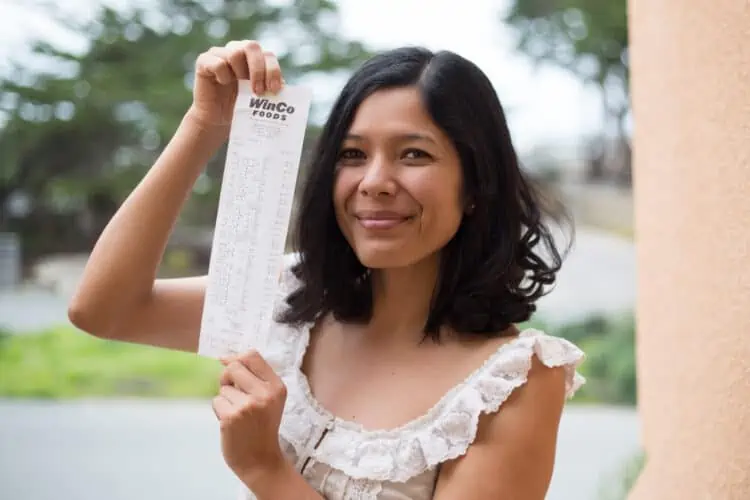Vegan Meal Planning 101


How many of us have arrived home from work with no plans for dinner? Maybe we open the fridge and find nothing there. Or we have food, but the thought of figuring out what to eat and preparing dinner seems overwhelming after a long day. I know I can relate to this and maybe you can too. So how we do we avoid this situation? Two simple words: meal planning!
We often hear about meal planning, but how do we go about doing it? I put together a few easy steps that can make this process simple and rewarding at the same time.
Pick a Day and Create a Shopping List
This step is very important since it will get your meal planning off on the right track. It also will allow you the luxury of having everything you need at home and avoid the dreaded last minute run to the store. I prefer to set aside some time during the weekend and decide what I want to eat for lunch and dinner for the upcoming week. Then, I start gathering recipes (some of my own and maybe a cookbook or two) that will allow me to see all the ingredients. Creating a shopping list is my last step so I can go ahead buy what I need.
Prep
Now that you have all the ingredients at home, start prepping whatever food you can to save time while cooking. You will want to prep food that will last a few days after being cut. For instance, I like to have a few kale salads during the week, so I will usually chop some green, purple and lacinato (‘dino’) kale on a Sunday and store it in the fridge so it is ready to go. You can do the same thing with cabbage and even carrots. Spending a few minutes doing this will make things so much easier. You can also prep fruit the night before for breakfast and lunch the next day.
Utilize the Same Ingredients
Preparing the same ingredient different ways will make cooking your meals much faster. For example, plan on creating a meal that contains rice or quinoa and make extra so you can save the rest for another day. These are versatile foods that can be used in a variety of ways. This way you don’t have to make it over and over again. It is already ready to go and shortens your cooking time. I have discovered that using a rice cooker allows me to ‘set it and forget it.’ You will find me cooking batches of brown rice, and quinoa using this amazing (and very affordable) appliance.
Leftovers
So maybe you’re not a big fan of leftovers, but if you can get over that hump, meal planning can become so much easier. The key is to get creative! When making dinner, especially in the beginning of the week, I like to make enough for future meals. You can cook beans and use them on rice, salads, tacos…you name it. Now you have a quick lunch that you can grab and go, or have as another dinner if you don’t have time to cook.
Pack Healthy Snacks
So after you have all your meals planned out and leftovers ready to go, there is one more thing you want to make you take care of….snacks! Sometimes you get hungry in the middle of the day and you don’t want to settle for eating something unhealthy or food that will ruin your appetite. Snacks can be real simple, such a piece of fruit, vegetables or even a handful of nuts. However, the most important snack is water. It will keep you hydrated and can sometimes help satisfy that feeling of wanting to eat.
So there you have it, a few quick and easy tips to help make your meal planning easy and successful. Happy Planning!
Article written by Vince Lia.





